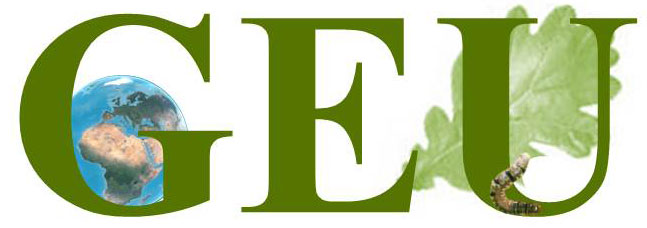
For several billion years, microorganisms and the genes they carry have mainly been moved by physical forces such as air and water currents. These forces generated biogeographic patterns for microorganisms that are similar to those of animals and plants.
In a new study in the journal Science authors note that humans and animals now move on an unprecedented scale, and this movement actively transports and enriches a specific subset of microorganisms.
“Humans in the past 100 years have changed these natural dynamics by transporting large numbers of cells to new locations through waste disposal, tourism, and global transport and by modifying selection pressures at those locations. As a consequence, we are substantially altering microbial biogeography”, said Prof. Josep Peñuelas from CREAF-CSIC Barcelona.
Dissemination through wastewater
Wastewater carries high densities of microorganisms and their cargo genes. It should be noted that, globally, some 359,000 km2 of croplands depend on irrigation with urban wastewater, 80% of which undergoes little or no treatment. Therefore, the use of wastewater or manure in agriculture contaminates fruits, vegetables, and farm animals which in turn are distributed globally. Wastewater also contains pollutants with biological effects (as metals, antibiotics or disinfectants). These compounds stimulate bacterial stress response systems that increase mutation rates which, in turn, confer adaptive advantages on at least a subset of cells arriving at a new location.
For a sense of the importance of this adaptive advantage, authors consider the clinical class 1 integron. This DNA element acquires foreign genes from the environment and has played a central role in spreading antibiotic resistance among bacterial pathogens. DNA sequencing data show that it had the origin in a single cell, in the early 20th century. Millions to billions of copies of this element now exists in every gram of feces from human and domestic animals. This remarkable increase in its abundance and distribution has been driven by antibiotic selection, increases in human population, and dissemination via global transport.
The role of human and material movement
This study points out that humans and agricultural animals now comprise 35 times as much biomass as wild terrestrial mammals. The bacteria shed in feces, therefore, mainly represent the gut microbiota of humans and agricultural animals (cattle, sheep, goats, pigs, and chickens) and they have vastly increased in both abundance and distribution, particularly in the last century. “Efficiency of dispersal is enhanced by the 1.2 billion international tourist movements per year, as evidenced by the rapid spread of bacterial clones and antibiotic resistance genes between continents”, emphasizes Prof. Micahel Gillings from Macquarie University, Sydney .
The study also points out that humans additionally promote dispersal of microbial cells via mass movement of materials. In this regard it should be noted that human activities now move more soil, sand, and rock than all natural processes combined. As an example, natural fluvial erosion is 21 gigatons (Gt) per year, much lower than the75 Gt per year eroded by agriculture. “This erosion transports very large numbers of bacteria, given that soil can contain more than a billion microbial cells per gram. Movements on this scale have consequences for human health, agriculture, and ecosystem functions, such as increasing the spread of human pathogens and threatening sustainable food productivity”, said Prof. Yong-Guan Zhu from Chinese Academy of Science.
Changes to biogeochemical cycles
According to this study, changes in the distribution and abundance of microorganisms, and the resultant changes in microbial ecosystems will affect biogeochemical cycles driven by microbial activity. “Knowledge of the connections between microbial biodiversity and landscape-scale biogeochemical processes, as well as below-ground ecosystems, will be essential to predict the magnitude and direction of these changes”, said Prof. Josep Peñuelas from CREAF-CSIC Barcelona.
Linking the rapidly expanding databases generated by environmental genomics with biogeochemical models could reveal changes in nutrient cycles. “This fusion of genomics and Earth system science is a first step to understanding how the biochemical functions of microorganisms could be altered, temporally and spatially, by global change”, said Prof. Yong-Guan Zhu from Chinese Academy of Science.
Unlocking the complexity
There is a recent growing trend for monitoring the environmental dissemination of genes, particularly those that confer phenotypes of direct relevance to human and animal health. In this sense, Prof. Josep Peñuelas points to the high importance of understanding how human activities cause systematic changes in ecosystems and highlight the priority of investigating microbial invasions, microbial extinctions, and perturbations to microbial ecosystems.
Journal Reference: Zhu, Y.G., Gillings, M., Simonet, P., Stekel, D., Banwart, S., Penuelas, J. 2017. Microbial mass movements. Science 357 (6356), 1099-1100.



